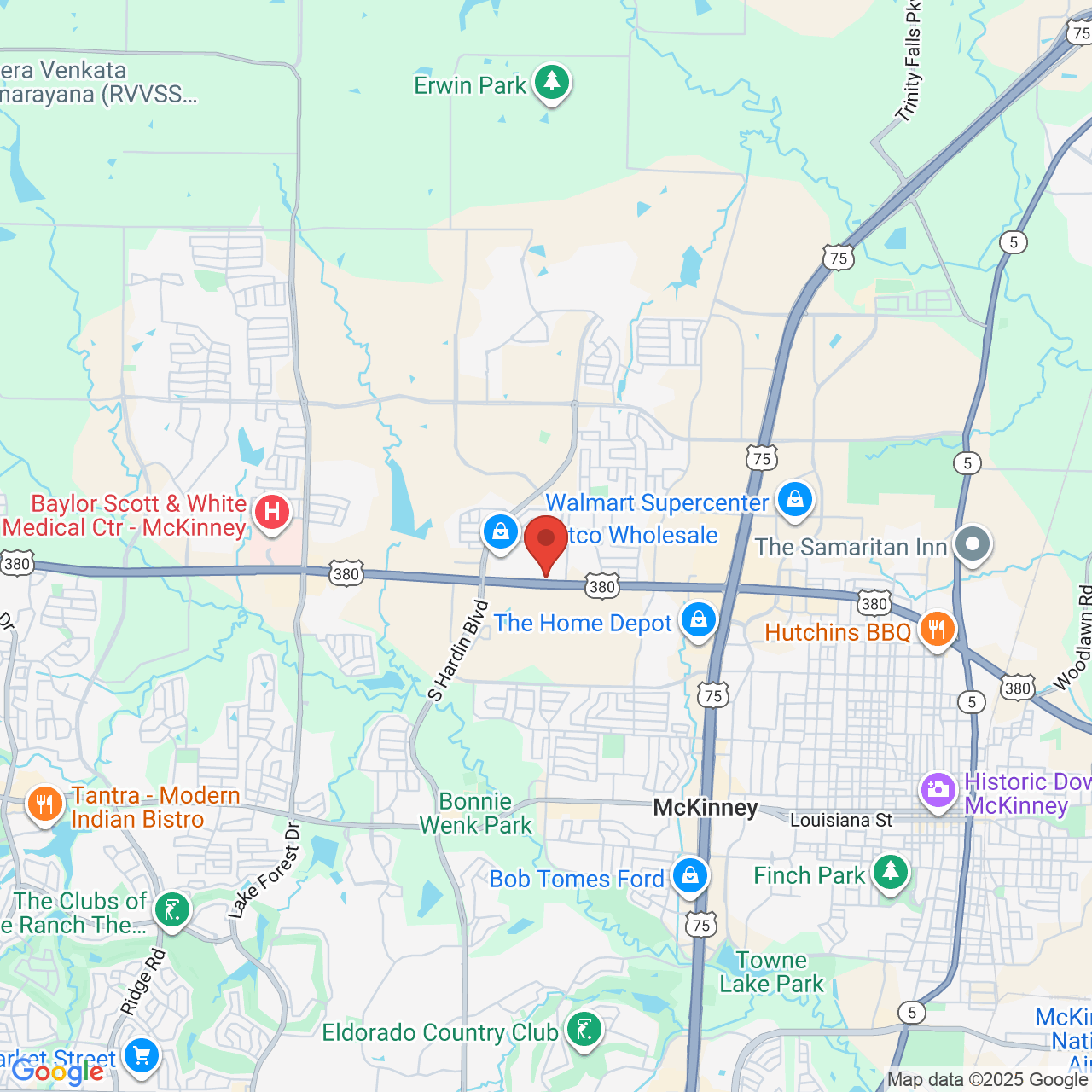Description
The bone graft procedure is sometimes necessary before placing dental implants. The area must have sufficient bone density for the implant to be successful. A dentist like Dr. Sasan Khodabakhsh can perform the bone graft and place your implants.
View transcript
Hi, this is Dr. Sasan Khodabakhsh. I'm here today to talk to you about one of the most common questions I get asked at my dental implant practice and that is, "Why do I need bone graft when I have a dental implant placed?" So let's get into it.
To understand why someone would need bone graft, we actually have to see how a dental implant actually works. A dental implant is a metal post that acts as an anchor and placed into the jawbone. After about three to four months later, we place an artificial tooth over that implant, such as a crown. When a dentist places a dental implant, one of the most important factors to consider is to make sure that there's enough bone to support that dental implant. Strength and stability of the bone and the implant is everything to us. In cases when a patient doesn't have enough bone, we do the bone graft.
There are many ways to do a bone graft procedure and also different materials available to us. Typically, the bone graft is placed at the time of extraction. We do this to preserve the site and also to regrow the bone back. Typically, it will take about four to six months for the bone to turn into mature bone, and then we can place a dental implant.
If you're considering getting a dental implant, it is very important to consider, you know, the dentist that's placing it and how many implants they've placed and how much bone graft procedures they've done. For instance, if a dentist places a dental implant in an area where there's not sufficient bone, most likely that implant can fail. If the implant does integrate but there's not enough bone around it, it's going to be very difficult to restore it, and in some cases we have to remove that implant. That can be very traumatic for the bone around that implant and also compromise the site for us to be able to place another implant in the future.
Thank you for listening. This is Dr. Sasan Khodabakhsh with Summit Point Dental Implant Center.






































